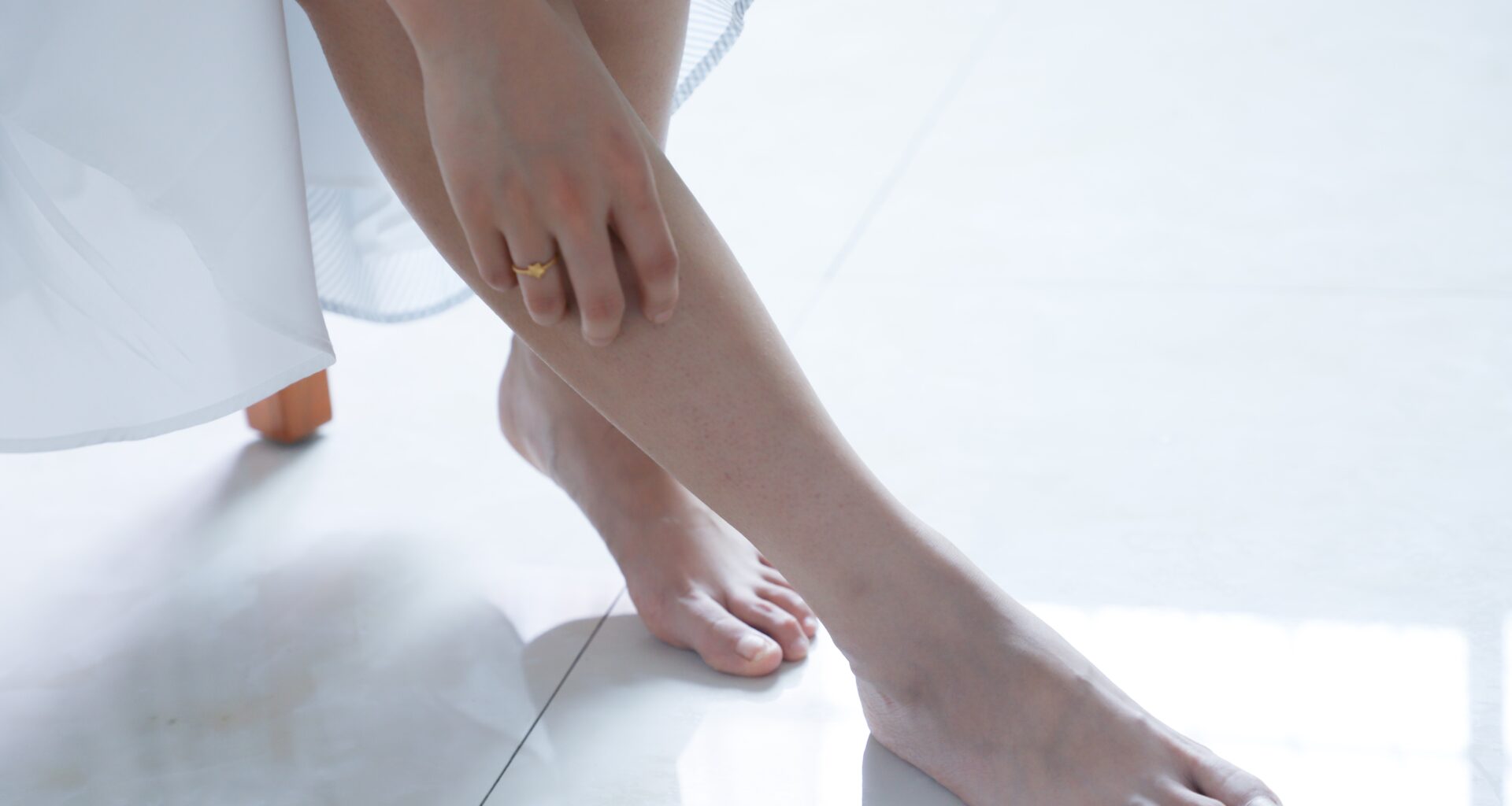It’s important to know the symptoms of std skin peeling on hands before you treat your symptoms. While some of these infections can mimic the same symptoms as others, it is best to be safe and avoid self-diagnosis. Although you may be tempted to self-treat bacterial or viral infections, you will only be short-changing yourself. It’s best to consult a medical professional once you realize your skin problem is more serious than it seems.
AIDS
HIV-infected people are more likely to experience dry skin than people without HIV, according to a recent study published in the journal AIDS. Researchers found that HIV-positive men reported more instances of dry skin than HIV-negative men, and HIV-positive women were almost twice as likely as HIV-negative women to report having dry skin. This study does not, however, identify a specific cause for dry skin in people with HIV.
Dry skin is a common side effect of HIV treatment. The virus affects the skin by infecting follicles. These follicles are small sacs that produce hair. When they become infected, they itch and can sometimes fill with pus. AIDS patients often develop eosinophilic folliculitis, which causes itchy bumps on the face and upper body. Depending on which germ is causing the outbreak, a doctor may prescribe an antibiotic or antifungal cream.
Another cause of dry skin in people with AIDS is the condition of Kaposi’s sarcoma. This type of cancer usually develops on the skin and can spread to the lymph nodes, mouth, gastrointestinal tract, and lungs. Shingles, which is a reactivated version of the chicken pox virus, are another common symptom of AIDS. Shingles can be itchy and cause blisters that follow the nerve path.
Syphilis
Dry skin is a common symptom of syphilis, which is an std skin peeling on hands caused by the bacterium Treponema pallidum. The disease develops in two stages. The initial stage is characterized by itchy rashes. The second stage is characterized by large, dry rashes, which can appear on various parts of the body. These rashes can be difficult to identify because they resemble common skin conditions.
In the initial stage, syphilis manifests as a painless sore on the skin. It is not painful but can become painful if left untreated. Ultimately, if untreated, the infection can lead to serious complications, including damage to the heart, blood vessels, nerves, and brain. Fortunately, syphilis is curable with antibiotics. But if you suspect that you have the disease, you should see a doctor immediately.
In secondary syphilis, patients may experience a rash similar to viral eczema. Mucous patches may appear on the face, mouth, or vulva. In some cases, the sores can also spread to other parts of the body.
Gonorrhea
Dry skin is an early sign of sexually transmitted diseases (STDs). If diagnosed early, these infections can be treated and cured. Dry skin may also be an early symptom of HIV, oral herpes, or the herpes simplex virus (HSV). If you have dry skin, seek treatment immediately.
To prevent the spread of gonorrhea, use condoms during all types of sexual contact. Also, choose monogamous relationships to lower your risk. Getting tested and sharing the results is essential to prevent reinfection. For those who are sexually active, a gonorrhea screening is recommended annually. Also, men who have had sex with more than one partner should undergo regular screenings. If you notice an outbreak of dry skin, you should see a dermatologist. The symptoms of syphilis may be similar to those of gonorrhea. Treatment for syphilis may be possible if caught early.
Yeast infection causes dry skin
Sexually transmitted diseases (STDs) are often accompanied by dry skin. Symptoms can range from a flaky rash to itchy rashes. Luckily, many of these conditions can be controlled and cured if detected at an early stage. If you’re worried about developing these symptoms, it’s wise to seek treatment from a dermatologist. Despite the fact that most dry skin symptoms go away on their own, you should still get tested for STDs to ensure that you’re free of the disease.
If you’re worried that you have a yeast infection, you should visit your doctor immediately. In addition to the rashes, you should also keep an eye out for rashes that may be a sign of other STDs. It’s important to get screened for these diseases every six months if you have multiple sexual partners. A quick and easy STD test can give you a definitive answer to your questions.
Psoriasis causes dry, itchy lumps and rash
Psoriasis is a skin condition that causes dry, itchy patches. These can appear on any part of the body and are painful. These outbreaks can last for weeks or months. It can be hard to identify because symptoms can resemble other skin conditions, including eczema or psoriatic arthritis. Fortunately, psoriasis is not contagious. However, if it is treated early, it can help reduce the symptoms and reduce the chance of complications.
Psoriasis is an autoimmune disease that causes skin cells to multiply more rapidly than they should. It can be caused by environmental or genetic factors. Some types of psoriasis are characterized by red, dandruff-like scales, others by silvery scales, and still others by a rash that is red and itchy.
HIV infection causes dry skin
Dry skin can be an indicator of an std skin peeling on hands infection, including HIV. Other common symptoms of STDs include herpes and HPV, which cause itchy skin warts. The herpes simplex virus can cause dry skin as well, especially around the mouth and genitals. Treatment is important to keep the skin from drying out further.
In women, dry skin can be one of the signs of an STD, including herpes. The rash is characterized by a papule and macule. It usually occurs in areas where sebaceous glands are abundant. In people with HIV, the skin condition may be more widespread and disfiguring.
STIs cause dry skin
Dry skin is one of the most common signs that you may be infected with a sexually transmitted disease (STD). This can occur as a result of a range of sexually transmitted conditions, from bacterial to viral. Some common STIs include herpes simplex virus 1 and gonorrhea. In some cases, you may also experience rashes, itchiness, or eczema. If these signs are present, you should visit a doctor to get tested.
HIV infection can also cause dry skin as a symptom. This is due to the interaction between the HIV virus and a person’s immune system. HIV-related skin conditions can become serious and require immediate medical attention. One common symptom is a non-itchy, red rash that may last for two to three weeks. Antihistamines and steroid creams may be necessary to treat these symptoms.
Also Read: Things That You Can Do To Understand Someone Suffering From Depression
Conclusion
Dry skin is a symptom of many sexually transmitted diseases (STDs), mostly those that affect the reproductive or urinary systems. Dry skin is a common side effect of oral herpes, which also causes dry cold sores. Other skin conditions that cause dryness include psoriasis and yeast infections. Undiagnosed std skin peeling on hands can also cause dry skin.








